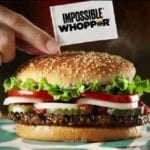 Technology
Technology  Technology
Technology  Humans
Humans 10 Everyday Human Behaviors That Are Actually Survival Instincts
 Animals
Animals 10 Animals That Humiliated and Harmed Historical Leaders
 History
History 10 Most Influential Protests in Modern History
 Creepy
Creepy 10 More Representations of Death from Myth, Legend, and Folktale
 Technology
Technology 10 Scientific Breakthroughs of 2025 That’ll Change Everything
 Our World
Our World 10 Ways Icelandic Culture Makes Other Countries Look Boring
 Misconceptions
Misconceptions 10 Common Misconceptions About the Victorian Era
 Mysteries
Mysteries 10 Strange Unexplained Mysteries of 2025
 Miscellaneous
Miscellaneous 10 of History’s Most Bell-Ringing Finishing Moves
 Technology
Technology Top 10 Everyday Tech Buzzwords That Hide a Darker Past
 Humans
Humans 10 Everyday Human Behaviors That Are Actually Survival Instincts
 Animals
Animals 10 Animals That Humiliated and Harmed Historical Leaders
Who's Behind Listverse?

Jamie Frater
Head Editor
Jamie founded Listverse due to an insatiable desire to share fascinating, obscure, and bizarre facts. He has been a guest speaker on numerous national radio and television stations and is a five time published author.
More About Us History
History 10 Most Influential Protests in Modern History
 Creepy
Creepy 10 More Representations of Death from Myth, Legend, and Folktale
 Technology
Technology 10 Scientific Breakthroughs of 2025 That’ll Change Everything
 Our World
Our World 10 Ways Icelandic Culture Makes Other Countries Look Boring
 Misconceptions
Misconceptions 10 Common Misconceptions About the Victorian Era
 Mysteries
Mysteries 10 Strange Unexplained Mysteries of 2025
 Miscellaneous
Miscellaneous 10 of History’s Most Bell-Ringing Finishing Moves
10 Crazy Solutions To Space Problems
Nothing is more depressing than assuming man will be forever confined to a single, tiny rock called Earth. Yet as we attempt to expand our human empire into the reaches of space, we’re met with a multitude of problems that threaten our plans to become a truly advanced civilization. Luckily, our innovation knows no bounds, and our curiosity is often rewarded with the unlikeliest of solutions.
10Force Fields For Protecting Astronauts From Radiation

In 2008, scientists from the United Kingdom’s Rutherford Appleton Laboratory developed a working force field that guards against killer particles from the Sun. An instrument of war in space movies, the practical application of real-life force fields is much less glamorous—though much more important—because it would protect astronauts from cancer. Plus, it would replace conventional shielding materials, which are heavy and impinge on a shuttle’s payload capacity.
Equipped around a tiny model, the “mini-magnetosphere” was able to divert most of the harmful solar radiation away from the astronauts who would be in a real ship. The prototype works by creating a magnetic field much like the one around Earth, and it’s amazingly potent because solar radiation is already charged, so it simply bounces off the invisible shield. A scaled-up version could save lives should a solar flare erupt, and future versions may even be able to deflect lasers.
While this technology would be useful on our inevitable first flight to Mars, it would require vast amounts of energy to power throughout a 58-million-kilometer (36 million mi) trip.
9Floating Solar Power Stations In Orbit
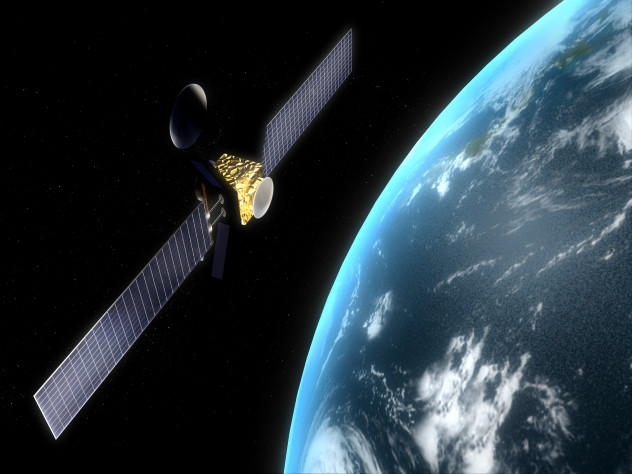
Energy-hungry Japan could soon face a crisis as the densely populated country uses huge amounts of power to run their appliances and transforming robots. The extremely earthquake-prone nation is wary of nuclear power, given the recent Fukushima disaster. Furthermore, there isn’t much empty land to develop into solar stations in a country smaller than California yet over three times as populous.
Luckily, the Japanese Aerospace Exploration Agency (JAXA) has a literally extraterrestrial solution that could cut dependence on global resources: Gigantic reflectors in geosynchronous orbit around Earth. These giant mirrors focus the Sun’s energy onto receivers—also in orbit—and then the stored power from billions and billions of tiny receptor antennae is beamed to Earth in the form of microwave radiation.
This technology would bridge over 100 years’ worth of innovation, from Tesla’s theories on wireless power transmission in the early 1900s to the introduction of the photovoltaic cell 60 years ago. Moving such an installation into orbit seems the logical progression, as solar cells are dramatically more effective when unencumbered by our atmosphere. Yet building an orbiting solar station presents JAXA with unprecedented logistical complications, so a working model is about 25 years away.
8Using Sun Sails Instead Of Fuel Or Engines

The Sunjammer may usher in a new form of space travel. Chemical fuels are expensive and cumbersome, but the Sunjammer could tap into a limitless source of energy to power itself—and future craft—through the cosmos.
A marriage of bleeding-edge technology and archaic transportation methods, the Sunjammer is a giant sail. With an area of 1,210 square meters (13,000 ft2), it’s capable of harvesting the solar winds by relying on the same fundamental concept the ancients used to explore Earth thousands of years ago.
Slated for launch as early as November 2014 aboard a Falcon 9 rocket, the sail will unfurl itself once deployed from its parent craft and serve as an expansive weather station, observing solar activity. Its movement is reliant on incoming photons from the Sun, which themselves exert pressure in spite of their diminutive size. The sail would use this momentum to propel itself—along with any ship attached to it—without want of engine or fuel.
The Sunjammer itself will be guided along simply by the forces exerted upon it by solar particles, though future versions will be driven by orbiting lasers, capable of producing much more concentrated surges of power. Hundreds of years into the future, a gigantic Texas-sized sail—affixed to a spacefaring craft—could allow us to reach neighboring star systems within a few centuries (the closest is 4.3 light-years away).
7Colonize The Moon Instead Of Mars
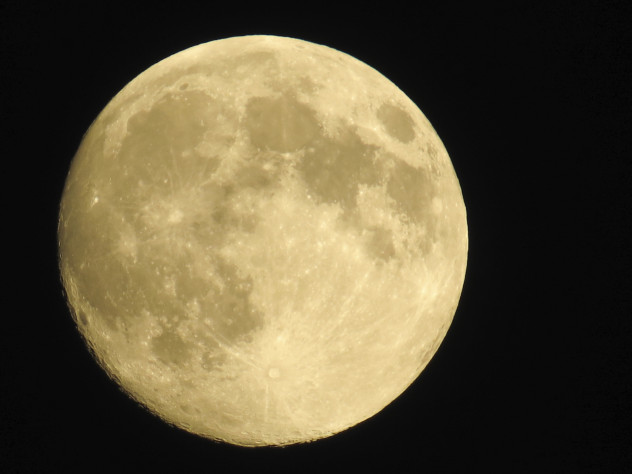
In humanity’s search for a second home, Mars seems the likeliest candidate, yet colonizing our relatively hospitable neighbor is a task several orders of magnitude more complicated than anything attempted previously.
So why bother? The Moon is proving itself to be a much more viable option, due partially—and most obviously—to its proximity to Earth. Distance isn’t the only consideration, however, as terraforming swaths of Martian land would be a Herculean effort due to geographical considerations.
Terraforming the Moon would be much more manageable, due to an abundance of sprawling, subterranean cave systems created by ancient lava flows.
A base or colony situated beneath the lunar crust could sequester us away from the solar flux, offering protection from the radiation, extreme shifts in temperature, and occasional impacts that plague the surface. Plus, the Moon has a multitude of craters. And these could easily be domed, creating a human-friendly habitat where temperature, pressure, and oxygen content can be easily regulated.
6Skin-Tight, Muscle-Simulating Space Suits
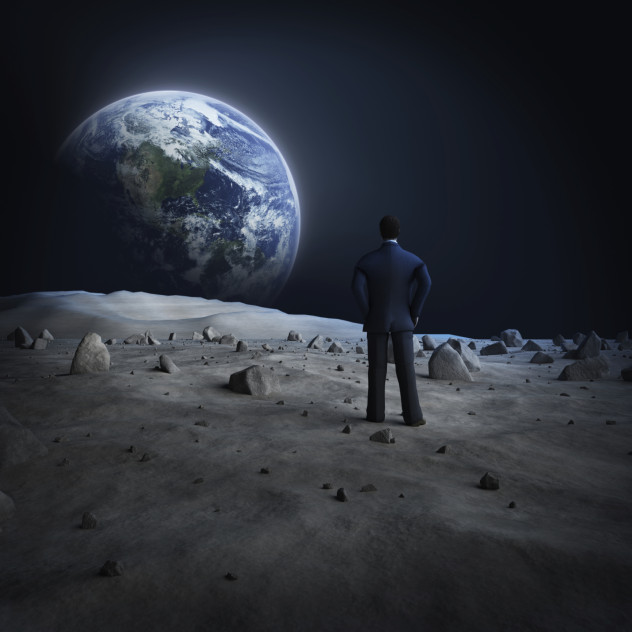
MIT researchers are hoping to replace the iconic, bulky space suits with a sleek new model that might as well be an Adidas tracksuit. Future astronauts need to be mobile enough to kick up rocks and dig around in the dirt as they explore planetary surfaces.
Current space suits restrict movement, and the few times humans have stepped on an extraterrestrial surface they were less than agile. MIT’s version of the space suit is a body-hugging unitard that acts as an additional wall of muscle—coils are embedded within the suit that can contract and supplement astronauts’ body movements.
Most importantly, the coils also pressurize the suit, replacing the current technology that puffs up today’s suits with gas—much like a balloon. Without the need for a pressurized compartment protecting the astronauts from the near-vacuum of space, future suits no longer need to be bulky and large.
The material responds to the wearer’s body heat and “shuts down” when not in use. And the coils themselves are made from a nickel and titanium shape-memory alloy—a flexible, elastic material that “remembers” and can convert back to previous shapes. So astronauts can quickly take it off or put it on. Plus, it doesn’t look half-bad.
5Sending Embryos Into Space Instead Of Adults
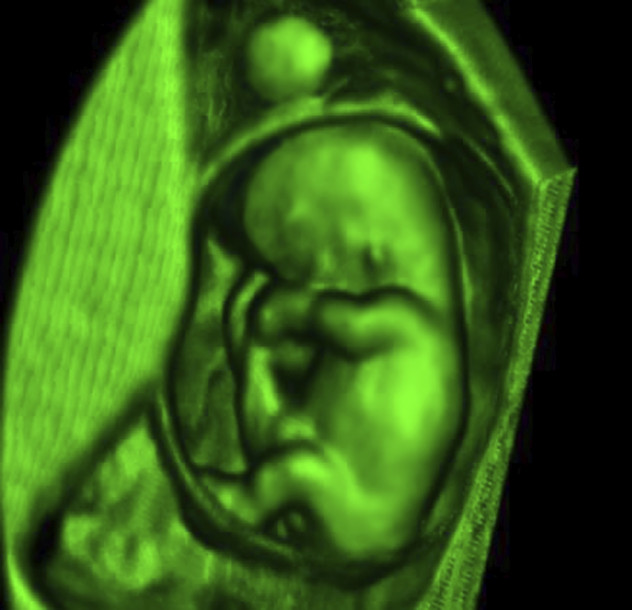
Possibly the craziest solution to the problem of extended space travels, Project Icarus suggests sending embryos instead of astronauts. As we eventually spread out into the universe, the duration of our travels will quickly match or exceed the functional lifespan of a human being.
“Sleeper Ships” or “Seed Ships” would act as giant freezers that ferry masses of embryos across space, to colonize distant exoplanets and possibly—according to Icarus—reboot the human race, if such a need should ever arise. This would mitigate several problems: The ship needn’t be overly fast, embryos could be easily protected from radiation, and you avoid sending adults that would be left with nothing to do but twiddle their thumbs. Upon arrival, the embryos would be incubated in artificial wombs.
Obviously, this idea is quite fantastical and is not being pursued by major space agencies, but it’s an interesting consideration for the far future, even with the accompanying battery of potential downsides to such an arrangement. Most notably, the rearing of the children would prove problematic.
4Growing Plants In Martian Or Lunar Soil For Food

One problem for future space colonists is sustenance. It’s not feasible to expect constant food deliveries if mankind sets up a second outpost in the solar system, so they must find a way to be self-sufficient. As a possible solution, a team of scientists attempted—with variable success—to grow crops in different types of extraterrestrial soil.
The soil was supplied by NASA, which collects different types of soils from volcanoes here on Earth that mimic the composition of those found on the Moon and Mars. The only difference between these and native soils found on the celestial bodies are traces of ammonium and nitrates, which might have improved the fertility of the soil.
The team transplanted a variety of seedlings into these soils, including wheat, carrots, tomatoes, and mustard. They also planted several species that would convert atmospheric nitrogen into food, as the plants require nitrogen as nourishment.
They found that some of the plants took to the alien soils, even without the addition of nutrients. The Martian soil proved to be the best choice, while the lunar samples were the least hospitable. Interestingly, the Martian plants fared even better than the controls, which were grown in soils scooped up from river bottoms. Several questions remain, though, since the introduction of microgravity could further complicate matters. Water retention could also radically change things, since the samples in the study were grown in pots.
3Diverting Asteroids By Melting Them With Lasers

Asteroid impacts are a pressing concern. We haven’t been hit by a big one for a while. And, since Earth is periodically slammed by large space rocks, we might have to deal with the possibility of total annihilation someday.
Blowing an asteroid to shreds using an enormous bomb isn’t a feasible option—the explosion would simply create many smaller pieces that would rain down across our planet. The best solution seems to be melting a small patch of asteroid using a high-powered orbital laser.
Several different laser systems have been proposed, including DE-STAR, which looks suspiciously like an immense, open matchbook. One face holds solar panels that concentrate the Sun’s rays and the adjacent surface produces an array of lasers that merge into a single beam.
Amazingly, the beam will focus on a 30-meter (100 ft) diameter patch of asteroid from over 148 million kilometers (92 million mi) away, which is approximately the distance from Earth to the Sun. This will literally give the asteroid a brand new tail, and the spewing of material will divert the rock away from our planet. A system of this complexity probably won’t be ready for another 30–50 years, since each “flap” of the matchbook would need to be nearly 10 kilometers (6 mi) in length.
2Sticking Probes To Comets Using ‘Velcro’
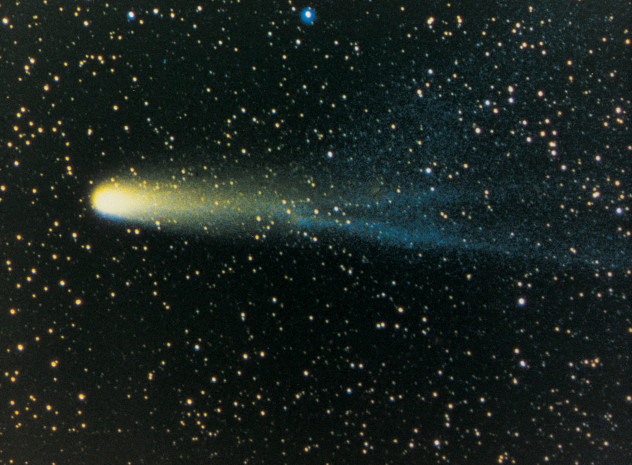
NASA’s Jet Propulsion Laboratory (JPL) is developing a line of “sticky-fingered” robots with unmatched dexterity. Dubbed Lemur Bots—there are several variants—these robots have several applications, but they are prized for their ability to supposedly latch onto asteroids.
Contacting an asteroid or comet is an incredible feat of mathematical coordination, yet being able to grab onto and let go of such a space rock at will is an unprecedented task. The Lemur Bot uses hundreds of tiny, micro-spine anchors that can grasp surfaces and then just as easily detach, allowing the bot to go on its merry way. It’s basically the same principle behind Velcro.
The Lemur’s agile, spine-covered limbs will allow it to explore comets’ surfaces while remaining securely attached long enough to collect samples. These chunks of space debris have literally no gravitational influence, so even a strong sneeze could easily send them careening off into space. The robot could also be sent to Mars, where it can use its Velcro grip to scale up the side of lava tubes to collect samples for analysis.
1Man-Made Plants To Produce Oxygen

Astronauts tend to die pretty quickly without oxygen. So wouldn’t it be nice if we had an easy, low-tech way to create breathable air? Julian Melchiorri, a student at the Royal College of Art, thinks so and has developed a synthetic leaf that can create oxygen.
The robot leaf contains chloroplasts, the biological conversion centers found in real plants. These tiny oxygen factories are suspended in a matrix of silk proteins and convert CO2, water, and light into necessary oxygen for people in space. There’s no need to worry about the effects of microgravity, which can hinder our attempts to grow real plants in space.
The leaf could make terraforming faraway lands much easier, as a thin coating of this material could be applied anywhere. For instance, it could line the walls and ceilings of our future space habitats and create a livable environment within any enclosed structure.
The only necessary resource is water, as light is abundant and CO2 is produced by astronauts around the clock. Water should be easy enough to acquire, as NASA and other space agencies have already perfected the techniques used to convert urine into potable H2O over and over again.





